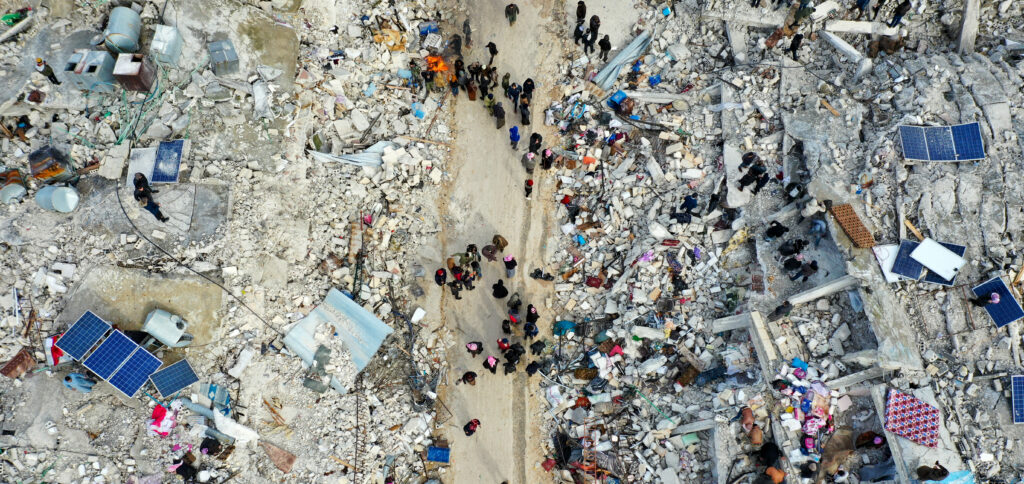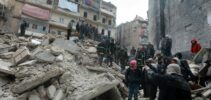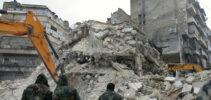A location, time it occurred, the background and lax security measures for buildings help explain the high number of victims.
ADVERTISING
The strongest earthquake ever recorded in Turkey since 1939 hit a densely populated region. It occurred during the early hours of the morning, at 04:17 am local time (22:17 pm in Brasília), surprising the population while they were sleeping.
The majority of the victims “were trapped when their houses collapsed,” Roger Musson, a researcher at the British Geological Survey, explained to AFP. The construction methods were “not really suitable for an area prone to large earthquakes,” the expert explained.
The geological fault where the tremor occurred has been relatively calm recently. Turkey is one of the most active seismic zones in the world.
ADVERTISING
A tremor in the Duzce region (north) in 1999 caused more than 17.000 deaths. This time, the earthquake occurred at the other end of the country, on the so-called East Anatolian fault.
This region has not experienced an earthquake greater than magnitude 7 for more than 200 years. This is probably why its inhabitants “were negligent”, explained Musson.
Due to this long period of relative tranquility, the energy from the fault “was accumulating,” Musson explained. The region suffered another magnitude 7,5 tremor XNUMX hours later, confirming that a lot of accumulated energy needed to be released, he added.
ADVERTISING
Repetition of the 1822 tremor
On August 13, 1822, this same area suffered an “almost equal” impact, with a 7,4 magnitude tremor. The shock caused “enormous damage, with cities completely destroyed and tens of thousands of victims”, assured Musson. The aftershocks lasted until June of the following year, he said.
Furthermore, the epicenter of Monday's earthquake was relatively shallow, just 17,9 kilometers, and was located in the Turkish city of Gaziantepe, where around two million people live.
The Arabian tectonic plate moved north. “Not having space, it collided” with the Anatolia sign. This friction reverberates throughout the fault, explains this expert.
ADVERTISING
The epicenter is not as important in this case as the extent of the telluric movement, over 100 km.
“This means that everything within that 100 km margin along the fault” suffers the consequences of the tremor, he added.
Fragile infrastructure
Earthquakes cannot be predicted, said Carmen Solana, a volcanologist at the University of Portsmouth in the United Kingdom.
ADVERTISING
“Adapted infrastructure is rare in southern Turkey and especially in Syria, so now the priority is to save lives”, recalled the expert.
Turkey passed a law in 2004 to tighten construction criteria following the 1999 earthquake.
In Syria, due to the war, the situation is probably worse. “Many structures were already weakened after a decade of war,” recalled Bill McGuire, a volcanologist at University College London.
(To AFP)
Read also

Receive news and newsletters do Curto News by Telegram e WhatsApp.





